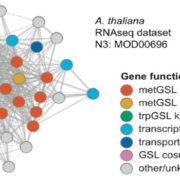
Chasing Scattered Genes: Identifying Specialized Metabolite Pathway Genes through Global Co-expression Analysis
0 Comments
/
Plants produce scores of specialized metabolites (SMs) to attract or repel the organisms around them and to cope with life in a variable environment. For thousands of years, we have been exploiting these compounds to feed, heal, and adorn us. Many more SMs remain to be discovered: the chemical constituents…
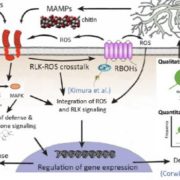
The Plant Cell Reviews Plant Immunity: Receptor-Like Kinases, ROS-RLK Crosstalk, Quantitative Resistance, and the Growth/Defense Tradeoff
Tender green leaves and tasty tubers, roots, and stems are vulnerable to a wide range of pathogens, pests, and herbivores. Perhaps it should not be surprising that they have evolved an equally wide range of defense mechanisms. This issue of The Plant Cell includes reviews of just a few of the many facets…
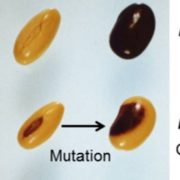
Saddle Up, Soybean Seed Pigments: Argonaute5 in Spatially Regulated Silencing of Chalcone Synthase Genes
Most soybean seeds you see, whether in bins at the store, or in train cars as a commodity crop, have a yellow seed coat that may have only a tiny fleck of dark pigment at the hilum, where the seed attaches to the pod. The predominant yellow color results from silencing of chalcone synthase (CHS) genes…
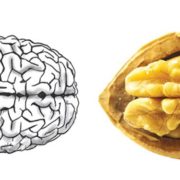
Could plants be sentient?
Sentience, the capacity to feel subjectively, is considered limited to organisms that have a nervous system and a centralized brain. Plants, therefore, have been excluded from this group based on: lack of a transmission mechanism like the animal nervous system; lack of a brain; simplicity; and inability…

Groundwater depletion embedded in international food trade ($)
Many food-producing regions rely on the withdrawal of water from non-renewable underground sources, a condition called groundwater depletion for irrigation (GWD). Globally, GWD increased by 22% between 2000 and 2010. When food produced with GWD is exported, the exporting country is essentially exporting…
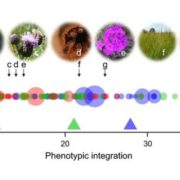
Covariation and phenotypic integration in chemical communication displays ($)
Humans aren’t very sophisticated at reading chemical communication cues. Towards deciphering the information content of complex chemical mixtures produced by plants and animals, Junker et al. ask to what extent chemical communication displays (CCDs) are replicated between samples and individuals. The…
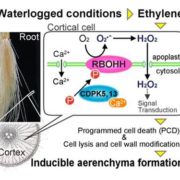
Better understanding how plant roots breathe under water ($)
Waterlogging, a process by which water saturates soil, results in oxygen-deficient soil conditions and can result in massive crop loss. In order for plants to survive in waterlogged soil, shoots transport oxygen to roots through lysigenous aerenchyma, a specialized tissue type formed by ethylene-induced…
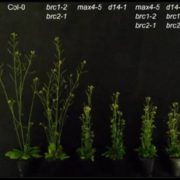
BRC1 expression regulates bud activation potential, but is not necessary or sufficient for bud growth inhibition in Arabidopsis
Shoot branching patterns are determined by whether lateral buds are activated or inhibited. Classic studies showed that auxin transport both in the stem and from the bud affects bud outgrowth, and more recent studies have demonstrated a role for strigolactones in regulating bud outgrowth, probably through…
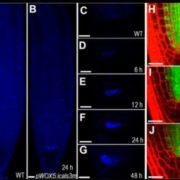
Symplastic communication spatially directs local auxin biosynthesis to maintain root stem cell niche in Arabidopsis ($)
Although plant cells are surrounded by walls, cytoplasmic strands connect adjacent cells through junctions called plasmodesmata. Liu et al. investigated the contributions of plasmodesmata to signaling between root quiescent center (QC) cells and the cells that surround the QC by expression of an inducible…

